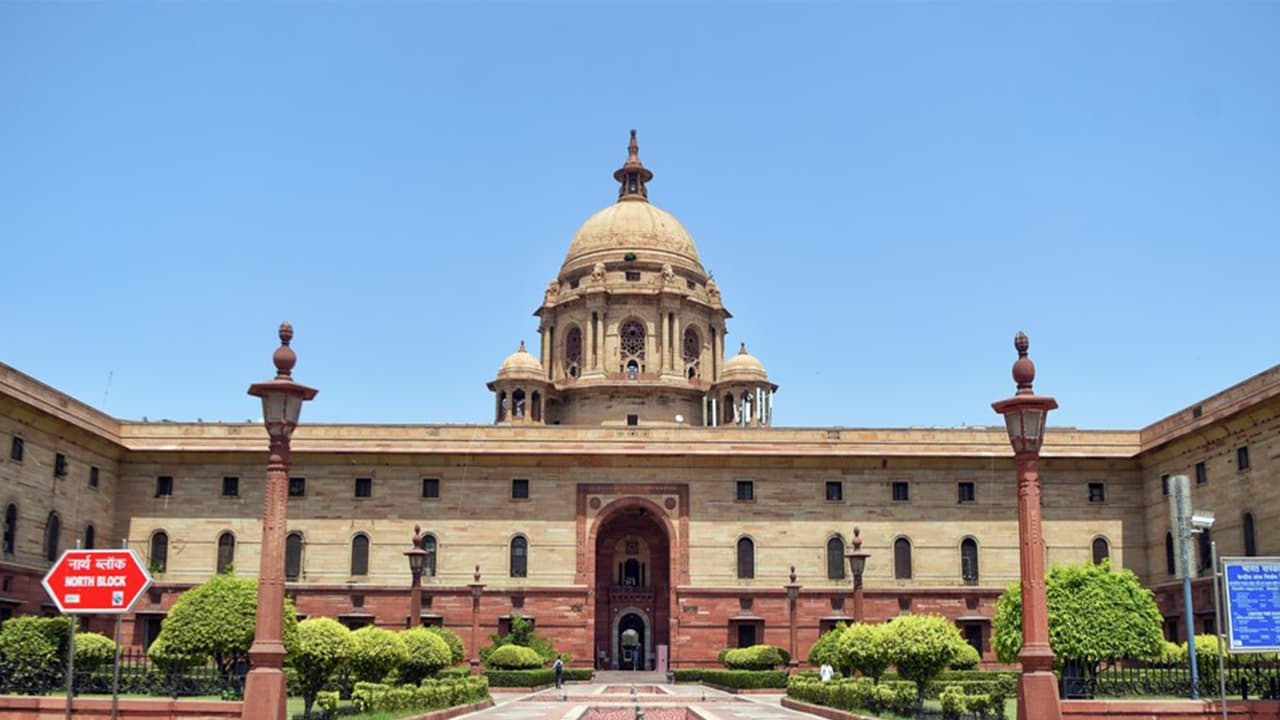According to a finance ministry report, India’s economy gained momentum in Q2 FY26, demonstrating resilience despite higher US tariffs. This growth was driven by strong domestic demand, spurred by GST reforms and festive consumption.
Despite United States imposing higher tariffs on India in August, the Indian economy gained momentum in the second quarter (July-September) of the current financial year, according to the Department of Economic Affairs’ (DEA), finance ministry’s monthly economic review. The report highlighted that against a global backdrop characterised by economic and trade policy uncertainty, India’s economy continued to strengthen in Q2 FY26.
It stated “this is particularly significant, as the United States imposed higher tariffs on India in August”. This acceleration, despite external headwinds, highlights the resilience of the domestic economy and the effectiveness of ongoing structural reforms.
According to the monthly economic review, various supply-side high-frequency indicators (HFIs) displayed healthy trends, while demand conditions improved on the back of GST reforms and positive festive season sentiments, which spurred consumption.
The report added that the growth outlook for FY26 remains strong, supported by robust domestic demand, favourable monsoon conditions, lower inflation, monetary easing, and the continued benefits of GST reforms.
Reflecting this optimism, both the International Monetary Fund (IMF) and the Reserve Bank of India (RBI) have revised their growth projections for FY26 upward, from 6.4 per cent and 6.5 per cent earlier to 6.6 per cent and 6.8 per cent, respectively.
India’s trade performance also remained resilient, with strong services exports offsetting the merchandise trade deficit.
Even as trade negotiations with the US are ongoing, the merchandise trade data for September 2025 provided early signs of diversification in export destinations.
Additionally, an increase in gross FDI inflows indicated India’s continued appeal as an attractive investment destination.
Looking ahead, the report noted that the lower GST rate is expected to support a positive demand outlook by reducing the tax burden on consumers and businesses. This, in turn, is likely to boost consumption and investment across sectors, while supporting job creation.
The report further highlighted that strong performance in the industrial and services sectors, along with a stable labour market, will continue to drive domestic demand.
However, it cautioned that global uncertainties could still affect external demand and pose downside risks to growth.
To counter these challenges, the implementation of growth-enhancing structural reforms and government initiatives, including GST 2.0, is expected to mitigate the negative effects of global headwinds and sustain India’s economic momentum through the rest of FY26.
(Except for the headline, this story has not been edited by Asianet Newsable English staff and is published from a syndicated feed.)
